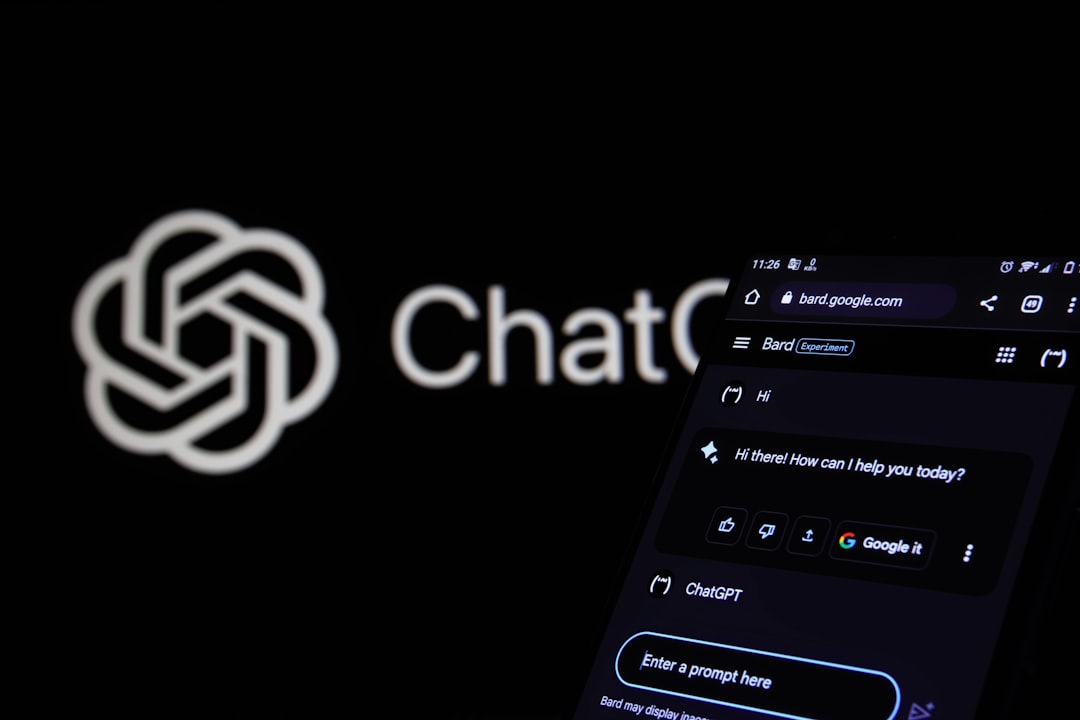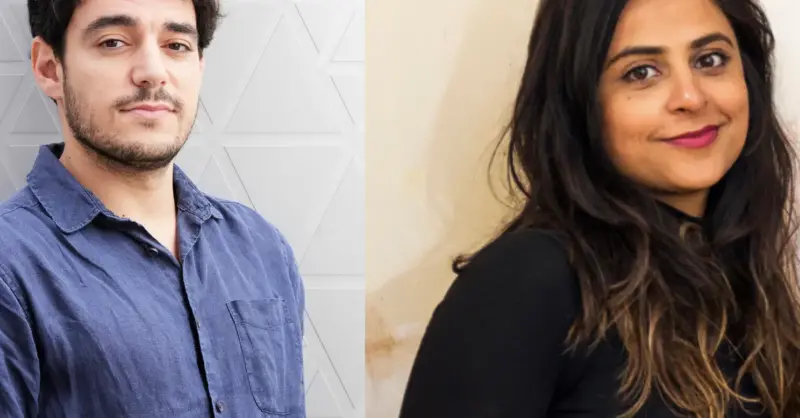- Digital Media Products, Strategy and Innovation by Kevin Anderson
- Posts
- In light of the Axel Springer-OpenAI deal, Damian Radcliffe outlines steps to create a successful AI strategy
In light of the Axel Springer-OpenAI deal, Damian Radcliffe outlines steps to create a successful AI strategy
Lessons from News Catalyst's networked, collaborative approach to local journalism transformation

The big news this week was German media giant Axel Springer’s deal with OpenAI, more on that in a bit. Before we get into that, I think it’s worth taking a step back and getting some strategic thinking from my friend Damin Radcliffe. His starting point is not to jump on the bandwagon, which is to say that any move needs to be considered and carried out with intentionality. A media company needs to establish guidelines and bring the entire company along through the process, he says. And lastly, he says that media companies need to protect their IP and monetise it when possible.
TechCrunch has the details on the deal. OpenAI will create summaries of content for its properties including those that are behind paywall gates. The agreement includes licencing and attribution.
My friend Adam Tinworth summarises other details of the deal. Axel Springer will get to use OpenAI to improve its products. Adam also puts this in the context of other developments at Springer such as its decision to close down aggregator Upday. He thinks that this bodes well for big publishers, but I also think that smaller publishers need to come together and make sure that their content is licenced properly as well.
In other news, the Press Gazette reviews what it has learned from five years of daily news podcasting. It is a competitive space with the New York Times’ Daily. But The Guardian takes a slightly different take on the model as it focuses on its in-depth journalism.
Today in Focus has built a loyal listenership, with 76% of the audience listening for at least a year and 35% for more than three years. It also has a higher-than-average proportion of listeners aged 25 to 34 and of women (52%), according to The Guardian.
Aron Pilhofer is moving on from News Catalyst to lead product at the Minneapolis Star-Tribune, and he takes time before he moves on to recap the lessons that he learned. One thing that I appreciate is that they didn’t have the resources “to drive the change (they) wanted to see” on their own so they used a networked, collaborative approach. It’s a good piece on how to partner smartly to have the impact you want to have.
LIONPubs also has some sage wisdom on building sustainable local news businesses. Direct funding alone won’t make them sustainable so they invest in helping companies get operationally ready and invest in business hires as well as editorial talent. (They also need to have a business plan as early as possible.)
Direct funding alone does not make a news business more sustainable - from @LIONPubs Couldn’t agree more - we’ve distributed $15M over past 3 yrs. Operational readiness is key to success. Revenue hires need training & competitive pay. Good read!
— Nancy Lane (@localmediarocks)
12:25 PM • Dec 13, 2023
This is a classic story of digital transformation about aligning editorial teams and focusing on user needs. They realised that their production cycles were not in sync with their audiences’ behaviour. More than that, they struggled because 90% of their revenue still comes from print. This was the story with publishers across the West, and now, it is coming to India as well.
To guide their transformation, they are focusing on users and also developing metrics so that they have a common understanding of what success looks like. And their transformation is focused on digital subscription.
Twitter has long obsessed journalists, often in unhealthy ways. It did drive the conversation about politics and sports, but for a lot of other news especially local news, it didn’t really have that much of an impact. As I have said a number of times, I’ve seen the analytics at hundreds of publishers, and Twitter rarely ever drove more than single digit referrals. And even before Musk started breaking the platform, Twitter’s analytics were increasingly poor. This is a good corrective view of Twitter. Some incredible folks worked there who tried to increase the positive impact of the platform, but sadly, all of that has been undone. This isn’t to detract from their work, but it is to add some perspective






